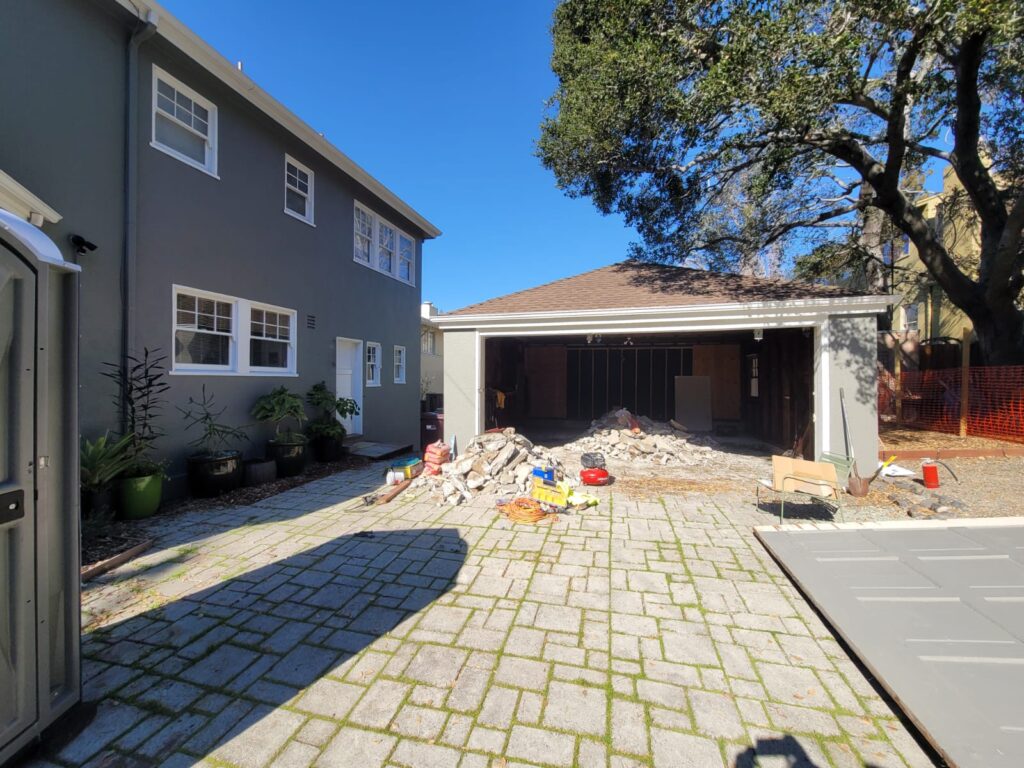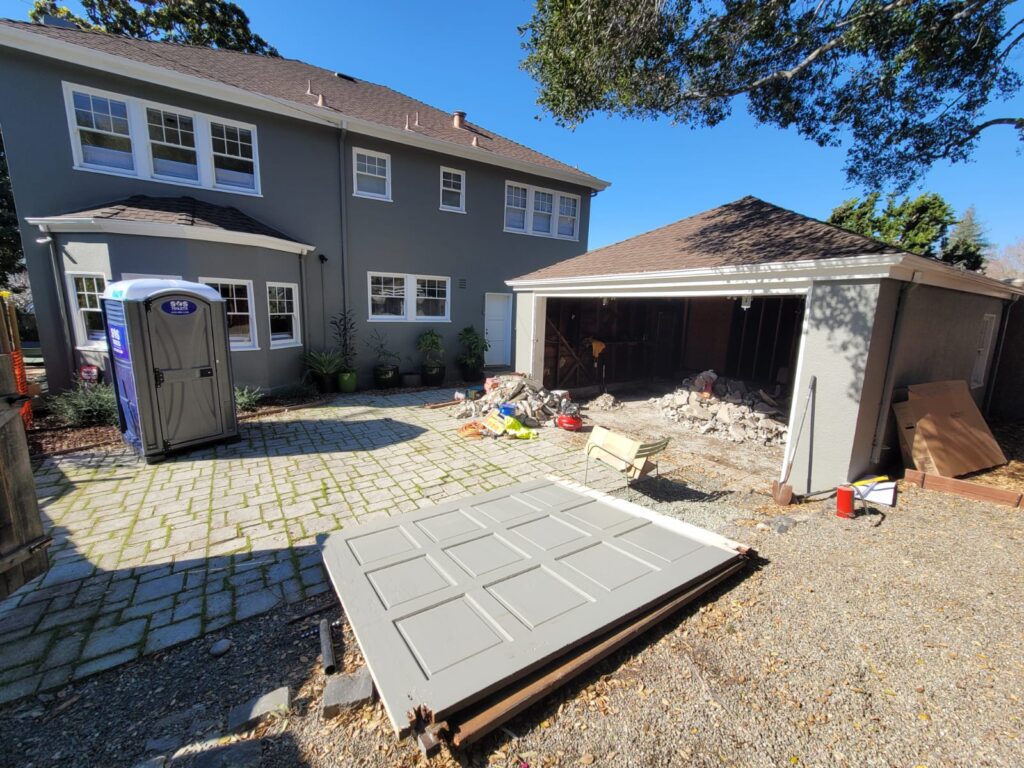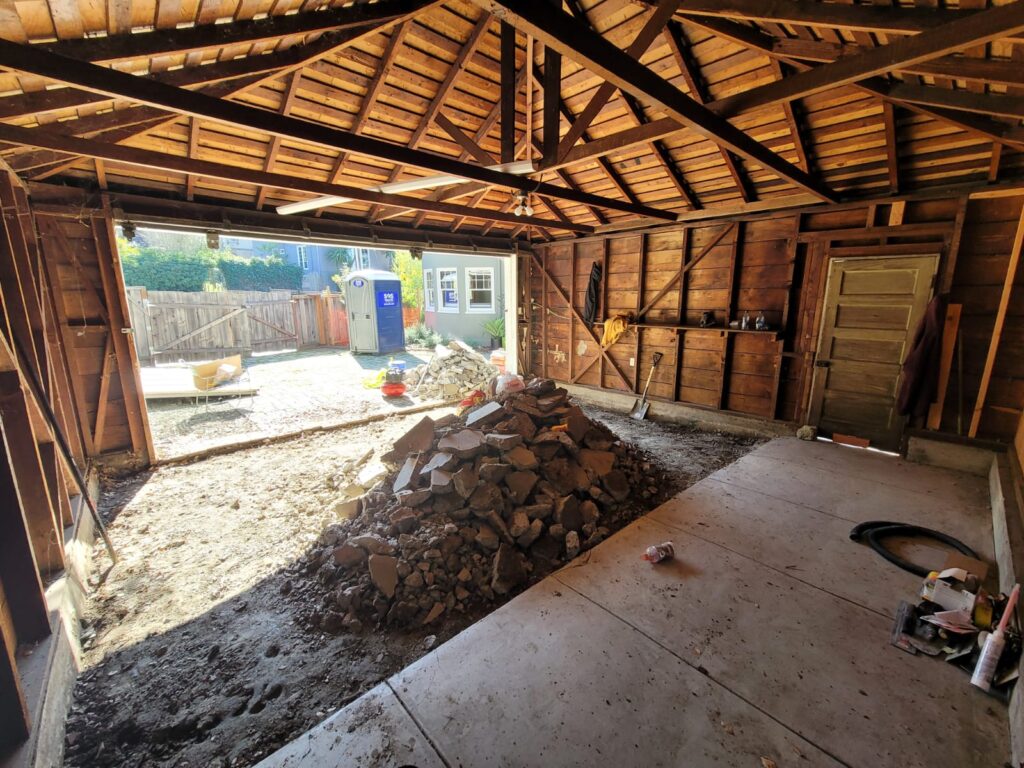Did you know that heating and cooling account for about 48% of the energy use in a typical American home? When it comes to transforming your garage into a functional living space, ensuring proper heating, cooling, and insulation is essential. By optimizing these elements, you can create a comfortable and energy-efficient environment for your new room. From selecting the right heating and cooling systems to implementing effective insulation solutions, we’ve got you covered with expert advice and practical insights.
Benefits of Garage Conversion
Increase Home Square Footage
Maximize usable space by converting the garage into a functional room. Consider layout options that enhance flow and accessibility within the home. Evaluate potential uses, such as a home office, gym, or guest room.
Enhance Property Value
Boost market appeal by adding livable square footage to your home. Research local real estate trends to understand value increases from conversions. Highlight the conversion in listings to attract potential buyers.
Create Versatile Living Space
Design the garage conversion to serve multiple purposes over time. Incorporate flexible furniture and storage solutions for adaptability. Plan for future needs, allowing easy modifications as family dynamics change.
Importance of Insulation
Maintain Temperature Control
Implement effective heating and cooling systems to ensure comfort year-round. Seal gaps and insulate properly to prevent temperature fluctuations. Use programmable thermostats for efficient temperature management.
Improve Energy Efficiency
Choose energy-efficient heating and cooling systems to reduce utility costs. Insulate thoroughly to minimize heat loss during winter and heat gain in summer. Utilize energy-efficient windows and doors to enhance overall efficiency.
Types of Insulation Materials
Explore various insulation materials like fiberglass, foam board, and spray foam. Compare R-values to determine the best insulation for your climate. Assess cost-effectiveness and installation requirements for each material type.
Insulation Techniques
Wall and Ceiling Insulation
Prioritize wall and ceiling insulation to maintain a comfortable temperature within the converted garage. Utilize batt insulation for walls as it fits snugly between studs, offering excellent thermal resistance. Opt for blown-in insulation for ceilings to ensure even coverage and effective heat retention. Install proper vapor barriers to prevent moisture buildup, safeguarding against mold and mildew growth.
Floor Insulation Methods
Explore various floor insulation options such as rigid foam boards or insulated floor panels to keep the floors warm. Consider incorporating radiant floor heating systems for efficient and consistent warmth distribution. Address potential moisture issues by selecting appropriate underlayment materials that provide a protective barrier against dampness, ensuring long-term durability.
Door and Window Sealing
Examine all door and window frames for any gaps or cracks that could lead to air leaks and drafts. Seal these openings using weather stripping and caulk to enhance the overall insulation of the space. Upgrade to double-glazed windows, which consist of two panes of glass with a layer of gas in between, offering enhanced thermal performance by reducing heat loss through windows.
Heating Options
Energy-Efficient Systems
When considering heating systems for your garage conversion, prioritize energy efficiency. Research various options tailored to garages. Look for ENERGY STAR-rated appliances and fixtures to save on energy costs. Incorporating smart home technology can enhance energy management.
Popular Heating Solutions
Evaluate different heating solutions such as electric heaters, gas furnaces, and infrared heaters. Assess each option’s suitability based on garage size and usage patterns. It’s crucial to investigate the safety features and installation requirements of each system.
Choosing the Right System
Analyze your garage’s specific heating needs by factoring in dimensions and insulation. Seek guidance from professionals to determine the most effective heating system for your space. Consider budget constraints and long-term energy expenses when making a decision.
Cooling Solutions
Air Conditioning Options
When considering cooling solutions for your garage conversion, look into central air conditioning, ductless mini-splits, and portable units. Assess the cooling capacity required based on your garage’s size and insulation. Opt for units with high energy efficiency ratings to cut down on operational costs.
Ventilation Techniques
Ensure proper ventilation in your converted garage by implementing systems that promote fresh air circulation. Use exhaust fans and vents to regulate humidity levels and maintain indoor air quality. Consider incorporating natural ventilation methods like windows and vents.
Fans and Portable Coolers
Enhance air circulation in your converted garage by utilizing ceiling fans or portable fans strategically placed throughout the space. Explore the option of evaporative coolers as a cost-effective cooling solution. Position fans effectively to maximize airflow and create a comfortable environment.
Maintenance Tips
Regular System Checks
- Schedule routine maintenance for heating and cooling systems to ensure optimal performance and longevity.
- Keep a regular check on filters and ducts to maintain clean air circulation within the garage.
- Address any performance issues promptly to prevent further damage and ensure efficiency.
Insulation Inspection
- Perform periodic inspections of insulation to detect any signs of wear or damage.
- Look out for moisture or pest infestations that could compromise the insulation’s effectiveness.
- Maintain insulation by addressing gaps or settling to retain its thermal properties.
Seasonal Maintenance Tasks
- Prepare heating systems for winter by ensuring they are in good working condition.
- Check cooling systems before summer to guarantee they are ready and efficient for the warmer months.
- Prevent water damage during seasonal changes by cleaning gutters and downspouts regularly.
Compliance and Regulations
Building Codes Overview
Local building codes are crucial for compliance when converting a garage. Understanding these codes is essential to avoid fines or issues during inspections. Before starting the project, familiarize yourself with the specific requirements in your area. Obtaining necessary permits and adhering to regulations will ensure a smooth process.
To ensure your garage conversion meets all regulations, consult with local authorities. They can provide guidance on the permits needed and the inspections required throughout the project. By staying informed and following the rules, you can prevent any setbacks that may arise due to non-compliance.
Local Regulation Insights
Researching zoning laws is vital for a successful garage conversion. These laws dictate what can be done with residential properties, including garage conversions. Understanding how specific zoning laws apply to your project will help you make informed decisions about design and construction. By adhering to these laws, you can avoid potential legal issues down the road.
Neighborhood restrictions can also impact your garage conversion plans. Some areas may have limitations on the size or appearance of structures, affecting your renovation choices. Engage with local building departments to stay updated on any changes in regulations that could affect your project. Being proactive in understanding these regulations will save you time and money in the long run.
Professional vs DIY
When considering a garage conversion, evaluate whether hiring professionals or taking a DIY approach is the right choice for you. Hiring professionals can provide expertise and ensure compliance with building codes. They can also save you time and effort by managing the project efficiently. However, this option may come at a higher cost.
On the other hand, opting for a DIY project allows for more control over the process and potentially lower costs. Consider factors like complexity, safety concerns, and your available time before deciding on the best approach for your garage conversion. Assess your skills honestly to determine if you have the knowledge and experience to tackle the project successfully.
Closing Thoughts
In transforming your garage into a functional living space, remember the critical aspects covered in this guide. Prioritize proper insulation to ensure comfort and energy efficiency, explore suitable heating and cooling options, and adhere to maintenance requirements. Familiarize yourself with local regulations to guarantee compliance, safeguarding your investment in the long run. By implementing these essentials, you can create a cozy and sustainable environment that adds value to your home.
Take the first step today by assessing your garage conversion needs and applying the insights shared here. Your thoughtful approach will not only enhance your living space but also contribute to a more environmentally friendly lifestyle. Embrace the possibilities of a well-designed garage conversion that aligns with your vision and practical requirements, setting the stage for a comfortable and inviting space. Start your transformation journey now!
Frequently Asked Questions
1. What are the benefits of converting a garage into living space?
Converting a garage can add valuable square footage to your home, increase property value, provide extra living space for various needs like an office or guest room, and offer a more cost-effective solution than building an extension.
2. How important is insulation in a garage conversion project?
Insulation is crucial in maintaining a comfortable temperature, reducing energy costs, and ensuring proper soundproofing in your converted garage. It helps regulate heat flow, keeping the space warm in winter and cool in summer.
3. What are some effective insulation techniques for a garage conversion?
Common insulation techniques include insulating walls, ceilings, and floors with materials like fiberglass batts, foam board, or spray foam. Sealing gaps and cracks is essential to prevent air leakage and maintain energy efficiency in the space.
4. What heating options are suitable for a converted garage?
Consider options like electric heaters, ductless mini-split systems, radiant floor heating, or even extending your central heating system to the garage. Choose a heating solution that meets your needs for comfort, efficiency, and ease of installation.
5. How can I ensure proper cooling solutions for my converted garage?
For cooling options, you can explore portable air conditioners, ductless mini-split AC units, or even extending your existing HVAC system. Proper ventilation and insulation play key roles in maintaining a comfortable temperature inside the garage.
Transform Your Garage with Red White & Blue Construction
Is your garage just sitting there unused? Let’s change that! At Red White & Blue Construction, we turn garages into beautiful, practical spaces. Whether you’re in Lafayette, CA, or anywhere in the Bay Area, we’ll help you create a space that adds value to your home and fits your lifestyle.
Looking for a guest room, a home office, or an ADU (Accessory Dwelling Unit) for extra income? We’ve got you covered! Our team will handle everything—from design and construction to making sure it meets building codes—so you can enjoy your new space without worry.
We’re known throughout the Bay Area for our quality work, fair pricing, and friendly, hands-on service. With us, the process is easy and stress-free. From flooring to electrical and plumbing, we take care of every detail. Whether you want something bold or simple, we’ll bring your vision to life.
Don’t let your garage go to waste. Turn it into a space you’ll love with Red White & Blue Construction. Contact us today and let’s make your dream garage conversion a reality!
Disclaimer
The materials available on this website are for informational and entertainment purposes only and not to provide advice. You should obtain advice concerning any particular issue or problem from a professional. You should not act or refrain from acting based on any content included in this site without seeking legal or other professional advice. The information presented on this website may not reflect the most current building developments. No action should be taken in reliance on the information on this website. We disclaim all liability concerning actions taken or not taken based on any or all of the contents of this site to the fullest extent permitted by law.





